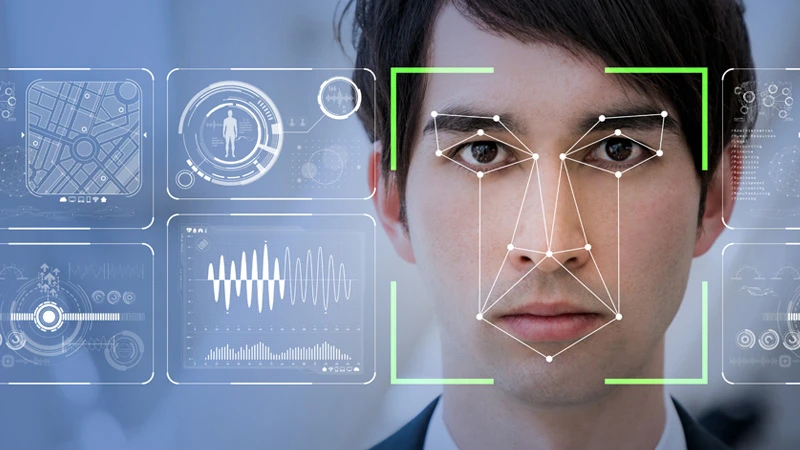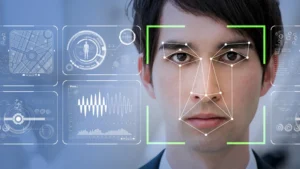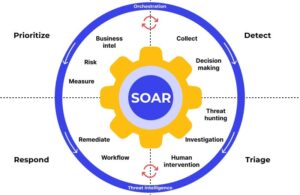Smart Home Innovations: Making Life Easier with Connected Devices
In recent years, the concept of smart homes has transitioned from science fiction to a tangible reality, reshaping how we live, work, and interact with our living environments. This transformation is fueled by rapid advancements in technology and the proliferation of connected devices that enhance everyday tasks and improve overall quality of life. Smart home innovations are providing homeowners with unprecedented control over their spaces, offering convenience, security, and efficiency. This article dives into the smart home ecosystem and explores the trends, functions, and future of connected devices that are making life easier.
Understanding the Smart Home Ecosystem: Key Components
The smart home ecosystem encompasses a network of devices that communicate with each other and can be managed remotely via smartphones or other centralized systems. At the core of this ecosystem are connected devices such as smart thermostats, lighting systems, appliances, security cameras, and voice-activated assistants. Integration plays a crucial role, as these devices must work seamlessly together to provide users with a cohesive experience.
Furthermore, the backbone of a smart home is typically a robust internet connection, which allows devices to interact with cloud services and receive updates. Standards and protocols such as Zigbee, Z-Wave, and Wi-Fi are essential for ensuring compatibility among different devices. As users invest in more connected devices, understanding their ecosystem becomes vital to achieve optimal performance and reliability.
In addition to the devices, smart home ecosystems utilize mobile applications and voice control platforms, such as Google Assistant or Amazon Alexa. These interfaces allow users to control their devices effortlessly, manage settings, and receive alerts. The ability to integrate multiple devices into a unified platform creates opportunities for creating personalized automation routines that enhance the user experience.
The Rise of Connected Devices: Evolution and Trends
The evolution of connected devices began with simple technology, such as programmable thermostats, and has rapidly advanced to include sophisticated smart home systems. Innovations in the Internet of Things (IoT) have paved the way for devices to communicate with each other, allowing for smart decision-making based on user preferences. This wave of change has seen increased adoption of smart devices, particularly among millennials and tech-savvy homeowners who prioritize convenience and automation.
One of the noticeable trends in the smart home market is the increasing focus on interoperability. Manufacturers are recognizing the need for devices from different brands to work together, thereby enhancing user experience. Products are being designed to be compatible with popular voice assistants and automation platforms, allowing homeowners to create a truly interconnected environment without being confined to a single brand ecosystem.
Moreover, the rise of health and wellness-oriented devices is changing the landscape. Smart devices that monitor air quality, water usage, and even personal health metrics are gaining traction. This trend signifies a shift towards homes that not only provide convenience but also promote well-being and sustainability, responding to the growing consumer demand for smarter living environments.
Enhancing Convenience: Automated Solutions for Daily Tasks
One of the most significant benefits of smart home technology is the enhanced convenience it brings to daily life. Automation solutions have simplified routine tasks, enabling systems to take care of everything from adjusting thermostat settings based on occupancy, to automatically turning off lights when no one is home. With the help of user-friendly apps and voice commands, even the most complex processes can be simplified, making life easier for users.
Smart appliances, such as ovens that can be preheated remotely and washing machines that can be controlled via smartphone, have revolutionized household chores. These devices enable users to manage their time more effectively, allowing them to focus on what genuinely matters rather than being tied to tedious tasks. Additionally, smart home automation can optimize energy consumption, aligning with the schedules and habits of the family, which further contributes to convenience.
The ability to customize settings and create routines also enhances user experience. For instance, homeowners can set up “good morning” routines that automatically adjust lighting, temperature, and play music at a designated time. Such personalized automation not only streamlines daily activities but also provides a sense of control and comfort, reflecting the privacy and individuality of each homeowner.
Energy Efficiency: Smart Technology for Sustainable Living
Smart home technology plays a crucial role in promoting energy efficiency and sustainability. With growing concerns about climate change and energy consumption, connected devices contribute to environmentally conscious living by optimizing energy use. For example, smart thermostats learn a homeowner’s routine and automatically adjust heating and cooling to save energy when the house is unoccupied.
Moreover, smart lighting systems equipped with motion sensors ensure lights are only active when needed, minimizing wasted energy. Homeowners can also receive insights through their connected devices about energy consumption patterns, allowing them to make informed decisions about their usage and identify potential areas for improvement. This level of control empowers users to take actionable steps toward reducing their carbon footprint.
Smart technologies extend to renewable energy solutions as well. Devices like smart solar panel systems allow users to monitor energy production in real time, making it easier to manage consumption and maximize the benefits of solar energy. Connecting various elements of a home’s ecosystem promotes a culture of sustainability, making it easier for families to adopt energy-efficient practices without compromising convenience.
The Security Advantage: Protecting Your Home with Smart Tech
In an era where security is a top concern for homeowners, the integration of smart technology offers a significant advantage. Smart security systems include features such as remote monitoring, motion sensors, and mobile alerts that keep users informed of real-time activity in and around their homes. Users can monitor live feeds from security cameras and receive notifications regarding unauthorized access, providing peace of mind when away from home.
Furthermore, advanced technologies such as facial recognition and smart locks add an extra layer of protection. Homeowners can grant or restrict access to visitors through their smartphones, ensuring that they can control access to their home effortlessly. Automated locking systems eliminate the worry of forgetting to secure doors, as they can be programmed to lock at specific times or when no one is home.
Smart home security doesn’t merely rely on physical devices; it also leverages AI and machine learning to detect unusual patterns and potential threats, enhancing proactive responses. As technology evolves, the ability to respond to security breaches remotely offers users reassurance and control over their home’s safety, making smart technology a pivotal investment for homeowners.
Future Innovations: What’s Next for Smart Home Devices?
Looking towards the future, the landscape of smart home devices is set to evolve even further, incorporating cutting-edge technologies such as artificial intelligence and augmented reality. These innovations aim to create more intuitive and interactive home environments. For example, AI-powered assistants will be able to not only respond to commands but also anticipate user needs based on past behavior, leading to a more personalized and proactive experience.
The concept of interconnected smart cities is also emerging, where smart homes will communicate with broader community systems to optimize resources and enhance urban living. This convergence of technologies could enable devices to respond to environmental changes, traffic patterns, and utility management, creating a truly modern and efficient living experience.
Finally, privacy and cybersecurity will play a significant role in shaping the future of smart home innovations. As users integrate more devices into their lives, the demand for secure systems that protect personal information will become paramount. In response, manufacturers will likely design devices with robust security features, ensuring that homeowners can benefit from smart technology without compromising their privacy.
Smart home innovations stand at the forefront of a new era in home living, where convenience, security, and sustainability are more accessible than ever. As the ecosystem of connected devices continues to expand and evolve, homeowners can look forward to a future where their living environments are not only automated but also responsive to their needs and preferences. Embracing these technologies can lead to smarter living, empowering users to transform their homes into efficient, safe, and sustainable spaces. As we navigate this technological landscape, one thing is clear: the smart home is not just a trend; it’s the future of how we experience our everyday lives. For more information on smart home innovations, visit CNET’s Smart Home section.













Post Comment